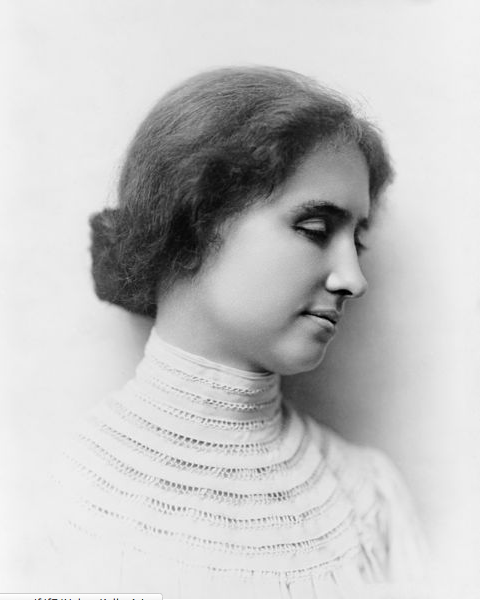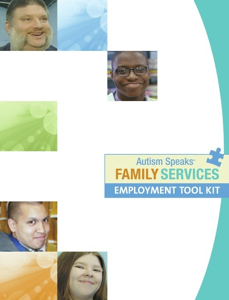When presented with multiple disabilities, it can seem a rough road to living a full and fulfilling life. We have many to thank who have forged the road in front of us for making a difference in how to better service everyone. As individual’s with multiple disabilities or as the loved ones of those with multiple disabilities, we know the importance of good therapy and reaching goals. Helen Keller was an individual who forged through the unknown and what seemed like the impossible. As a person who was deaf and blind, she graduated college, world traveler, outspoken, and an author. Her story and courage are examples of therapy that helped an individual with multiple disabilities to blossom into more than many individual’s even thought possible.
Articles Related to ‘Overcoming Multiple Disabilities: Making the Impossible Possible’
Special Education Infographic for the United States
How Thinking has Changed in Understanding of Students with Disabilities




